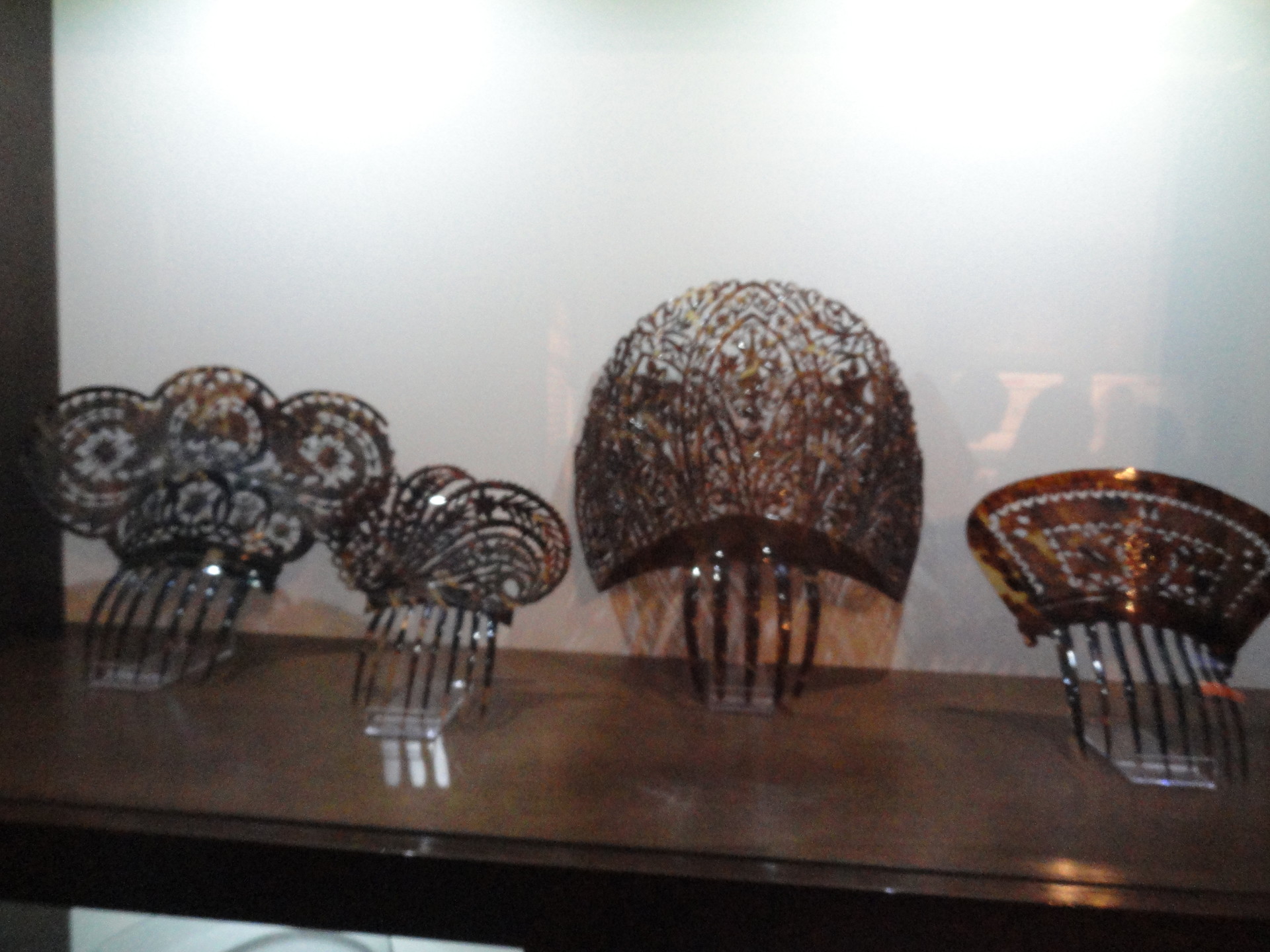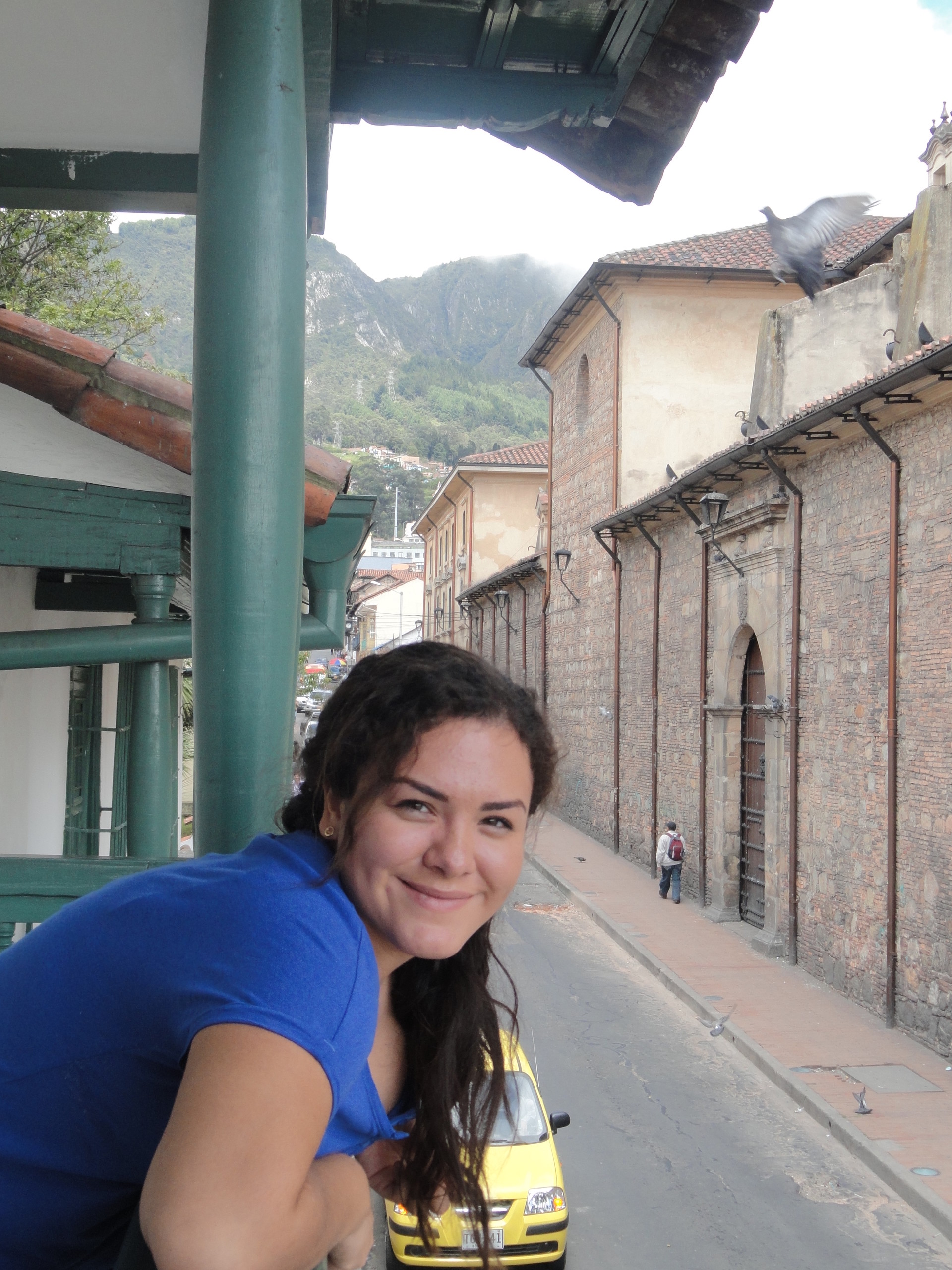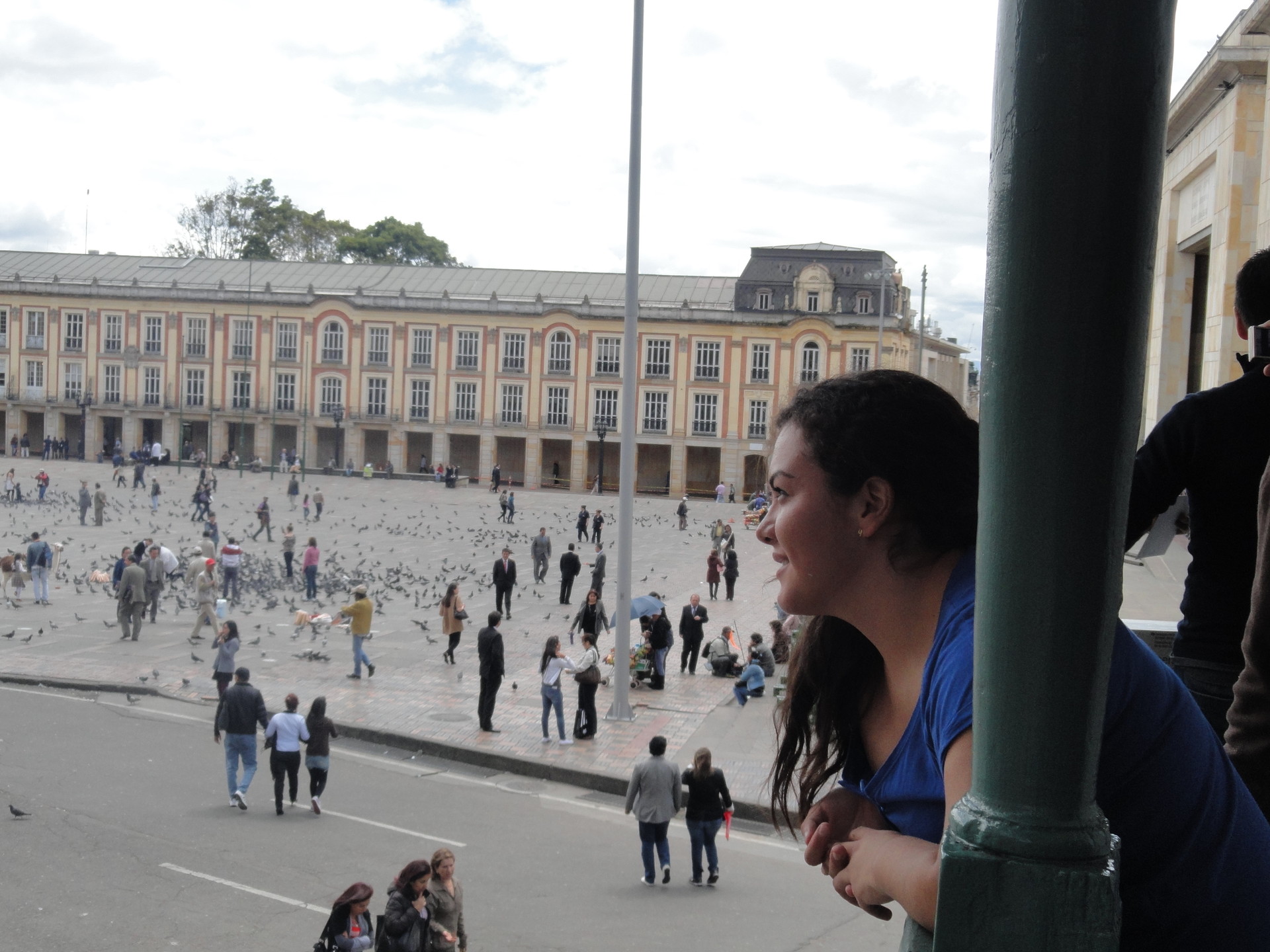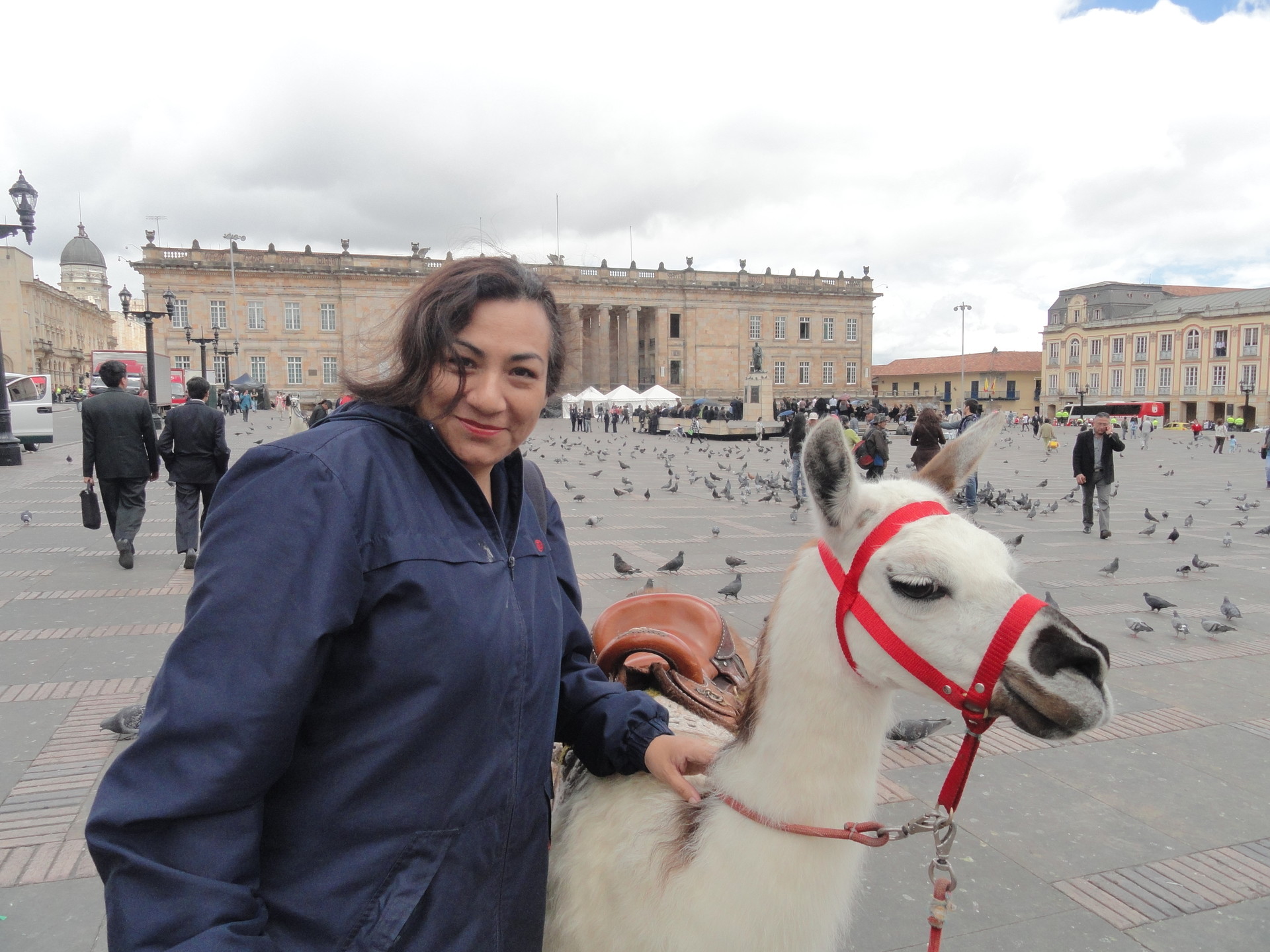La Candelaria: Bogotá's historic city centre
Visit Bogotá's historic city centre
When I was in Colombia, I had the opportunity to visit and get to know more about Bogotá, Medellín, Santa Elena, Cartagena de las Indias and Barranquilla. Although Bogotá was my least favourite city out of all of those that I visited, this doesn't take away from the fact that there are lots of things to see or do; I simply liked the other cities more for their landscapes, climate and people. I wasn't in Bogotá for a very long time and I wasn't really in 100% tourist mode either, as I was accompanying my mother on one of her many work trips. So, it's probably fair to say that I was only at around 50% of my touristing capacity, which is still arguably very good for the two and a half weeks that I spent there.

One of the things that you can't miss is going to the Cerro de Monserrate to enjoy an incredible panoramic view of the city whilst you travel up in the funicular. Another of the things that you can do isn't exactly in Bogotá, but just 45 minutes away from the city; you will be able to visit the amazing town of Zipaquirá, or "Zipa", to go and see the Salt Cathedral there, which is Colombia's biggest pride and joy on a global scale.

In today's post, I will talk to you a little bit about my adventures in seeing and getting to know Bogotá's historic city centre, in terms of the museums that I visited to learn more about the city's history and how I ended up sat on a llama. There is no real excuse for you not to visit the centre; it will be one of the most representative parts of your trip and will allow you to better get to know both Colombian history and culture. Besides, you can also get more familiar with Colombia's gastronomy because you will find an endless amount of very good restaurants here.
How do they name the streets in Colombia?
In my country, we are very much used to naming our streets and main roads after the names of famous people, trees, plants or countries, and it's very much the same situation in many other countries. When you give someone the address to your house in Mexico, you first give the name of the street, then the suburb, municipal and, finally, the state that you live in, which will be one of the 31 that make up our country. We have had this method of writing our address for several years and I had never seen how difficult and unruly it could possibly be until I went to Bogotá, where the streets and roads don't usually have names, but numbers instead. In other words, the streets have numbers, as well as the buildings themselves.
The numbers get larger as the addresses move out of the city centre, so when you tell someone your address, you would say, for example: "Calle 82 esq. con carrera 17". So in this way, people make a map of the city in their head, which makes it much easier for them than it is for us in Mexico with all of the different street names. Although, it's worth clarifying that you will, in fact, occasionally find names on some streets or roads, but not as frequently as you would in other countries.
Where exactly is Bogotá's historic city centre?
Bogotá's historic city centre is not actually located as "centrally" as we would have hoped. In fact, it is situated on the hillside of the absolutely beautiful Cerro de Monserrate. This makes the landscape much lovelier, as, once you have arrived there, you will feel protected by the green landscape of the extremely high mountain.
The neighbourhood that the historic city centre is situated in is usually known as La Candeleria, and is in the eastern part of the city, between roads 7 and 8 and streets 10 and 11.

What can we find in and around this area?
This is a historically rich area, and its delightful architecture still preserves the colonial aspect of the city. You will be able to walk around several churches, museums, mansions, restaurants, important squares and very old public buildings. Walking through the city's streets will make you feel like absolutely no time has passed at all, as they are still wide and steep. The mansions continue to preserve their roofs and colonial eaves, which is where the Creoles and the Spaniards once lived. All of this reminded me a little bit of the historic city centres and the history of my country, as they have followed similar courses over the years.
Let's start with the Plaza de Bolívar
The Plaza de Bolívar is considered to be the heart of Bogotá for being the area where the beginnings of the most important historic events in this country have taken place. In the beginning, this area was used as land for the pasture of pigs and horses. After the Spanish colonisation of the Americas, squares were founded across the continent, which initially had names that were very similar to those of Spain, and this was no exception, as it was previously called the "Plaza Mayor". Little by little, this place became a public car park and market space, until the square was remodelled following a contest won by the firm, Martínez y Avedaño. And, that, was how the square came to life and began taking the shape that it is now very much know for in the year 1960.
This square has witnessed all manner of protests, strikes, funerals and national celebrations that take place in Colombia. An example of this was July 20th, 1810, Colombian Independence Day, which took place in the same year as that of Mexico, just two months earlier. Another important event occurred on April 19th, 1948, with the murder of Jorge Eliécer, an important leader. His death caused the "Bogotazo", which lead a war tank to be driven into the Palace of Justice at the hands of the armed group, M-19. This was known as the "Movimiento 19 de abril" [April 19th Movement], or simply M-19, which arose as a result of the fraudulent presidential elections in 1970, before later becoming a centre to left-wing political group. Nowadays, the group seems to have disappeared from the Colombian political sphere, but you will notice that some of its old members are now part of other political groups.

Looking out onto the Plaza de Bolívar.
All of the events that I mentioned above culminated in this place being named as a National Monument back in 1994 for both its urban and architectural importance.
This square reminded me quite a bit of Zócalo back in my native country, which is actually located in our capital, Mexico City. And to tell you the truth, it makes a lot of sense, given that the majority of the architectural constructions in Latin America have some sort of Spanish influence. It's simply beautiful to just admire the buildings that are in and around the area, although you have to be careful because it is said that some of the streets that head out of the very centre of the city are quite dangerous, especially if you are walking alone or if it is nighttime. So, you now know that it is much better to make your way around the neighbourhood of La Candelaria during the daytime.
It was in this square where I was surprised to see a llama called "Rosalba" that had eyes that were two different colours - one blue, the other like coffee. For just a little bit of change, Rosalba's owner lets you climb up and sit on her before he takes a Polaroid picture that you can take away with you almost immediately. The llama was beautiful and very tame, but after this experience, I had a change of heart about the topic of making money at the expense of defenceless animals, so this is absolutely something that I would not do again. However, I will admit that it was nice to share the moment with her; I originally thought that I would come across one when I went to Peru, given that I had never seen one before.
Capitolio Nacional (National Capitol)
One of the buildings that you will be able to admire is the Capitolio Nacional, which serves as the headquarters of the Congress of Colombia. This building dates back to 1847 and is considered to be one of the most beautiful landmarks built during the period when the Republicans were in power. But, aside from this, the building is one of the ones with the most architectural value, thanks to its detailed construction with quarried stone.

(Behind Rosalba and my mother, you can see that we are in the Capitolio.)
Photo gallery
Content available in other languages
- Español: Visita el Centro Histórico de Bogotá
- Italiano: Visita al centro storico di Bogotá
Rate and comment about this place!
Do you know La Candelaria: Bogotá's historic city centre? Share your opinion about this place.




















